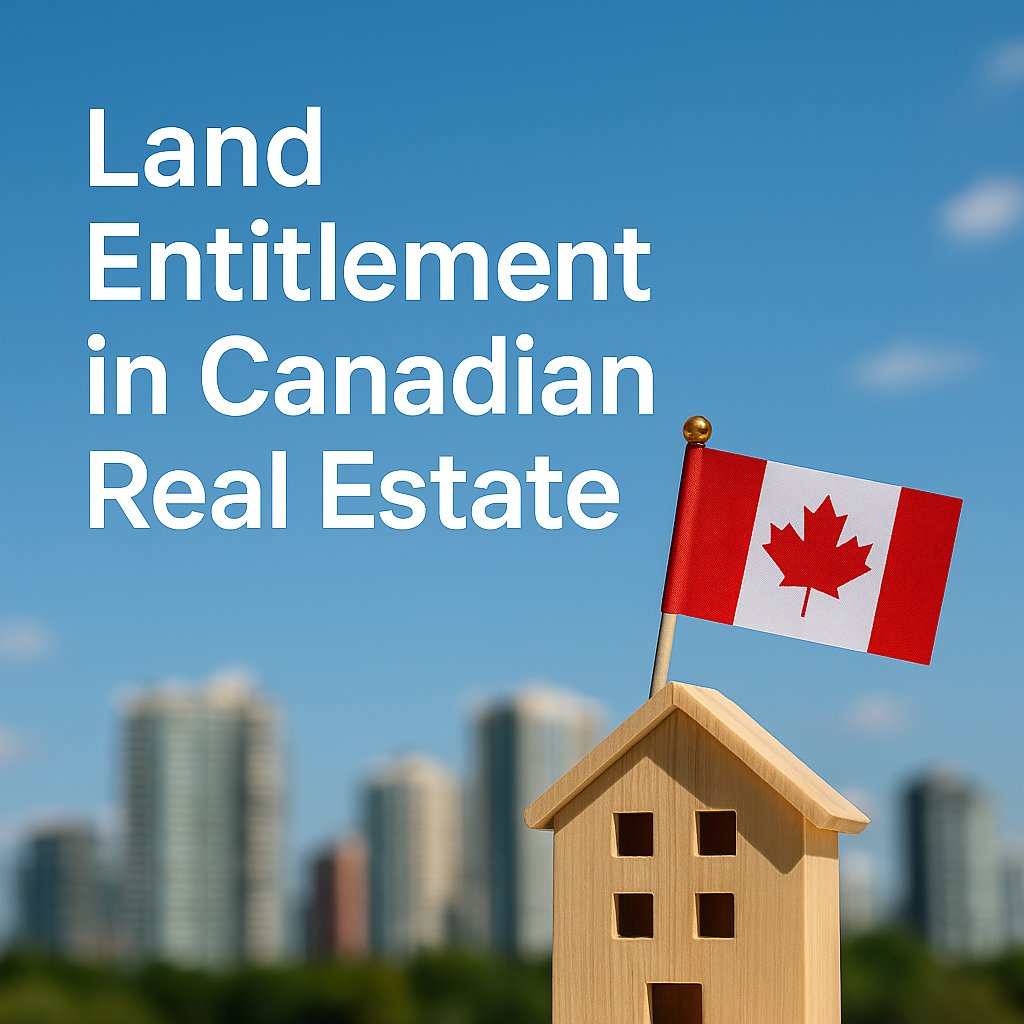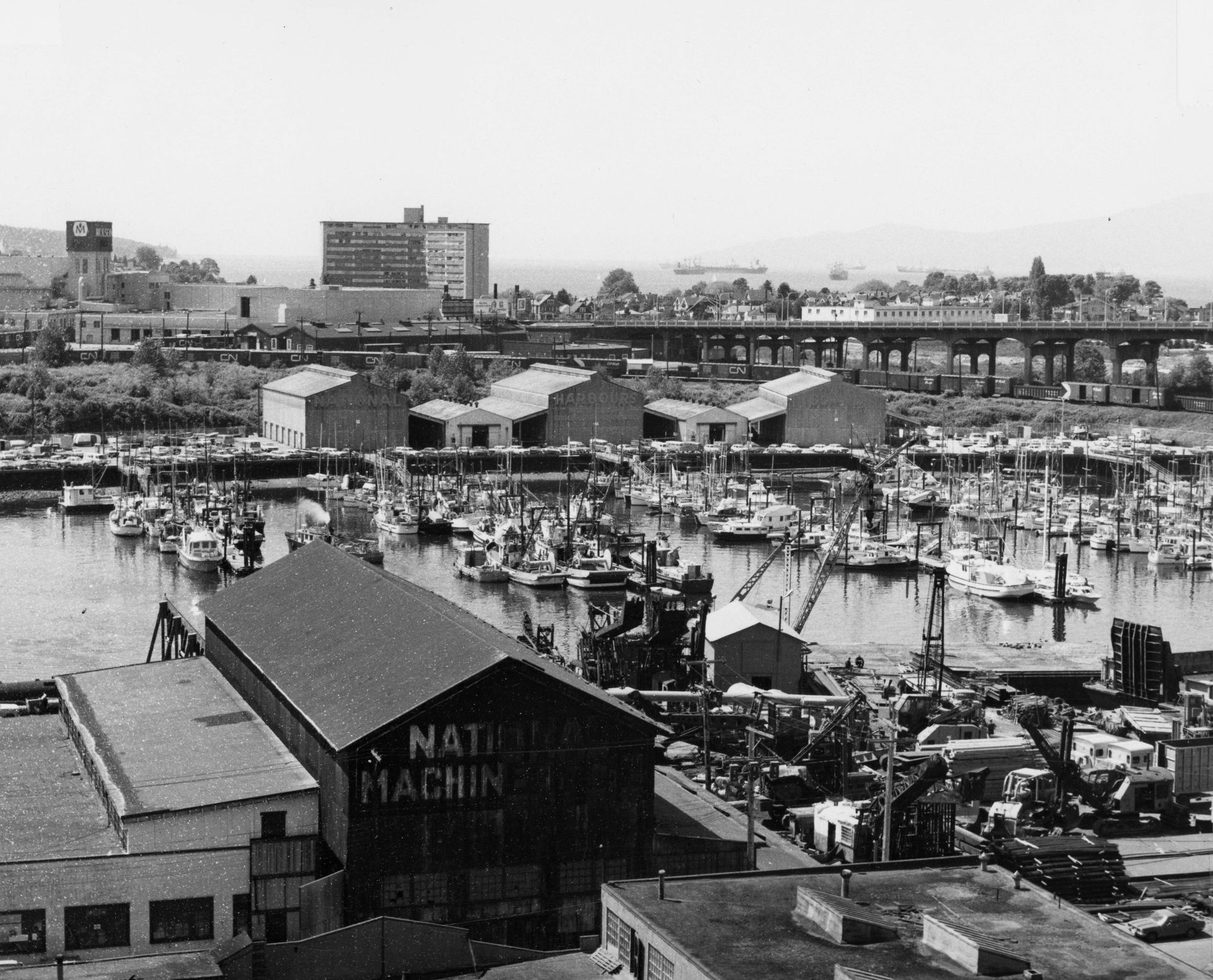
Understanding Land Entitlement Processes in Canadian Real Estate: A 2025 Guide
Introduction: Why Land Entitlement Matters More Than Ever
Land entitlement in Canada has become increasingly nuanced in 2025, with rising housing demand, infrastructure pressures, climate-conscious planning, and zoning reforms reshaping the real estate landscape. Whether you’re a developer proposing a multi-family infill project in Vancouver, a municipality redesigning a town centre, or a landowner considering rezoning, understanding the land entitlement process is critical to project viability and timely execution.
Urbanics Group specializes in supporting clients through this intricate process—providing tailored consulting for planning and development policy, community engagement, and development management.
What is Land Entitlement in Canada?
Land entitlement is the process of securing legal and municipal approvals to develop or redevelop a property. It determines how land can be used—based on zoning, community plans, environmental constraints, infrastructure capacity, and stakeholder input.
This process sits at the intersection of:
- Urban planning and zoning
- Environmental and infrastructure assessments
- Public and Indigenous consultation
- Political approval
- Site servicing and implementation
The Phases of Land Entitlement: A Comprehensive Breakdown
Phase 1: Preliminary Research & Due Diligence
Before you invest, conduct deep feasibility research:
- Review Official Community Plans (OCPs): These provide long-term land use direction (Urbanics’ OCP Services)
- Examine Zoning and Land Use Designations
- Run Market Demand Assessments: Use Land Use Marketability Studies
- Conduct Environmental Reviews: Check for protected ecosystems, heritage sites, and floodplain overlays
- Check Servicing Capacity: Sewer, water, roads, and utilities must meet proposed density needs
🟢 Tip: Use Financial Feasibility Assessments to calculate expected ROI, amenity costs, and development charges before you buy.
Phase 2: Policy Alignment and Zoning Strategy
Align your proposal with:
- Community Area Plans & Neighbourhood Guidelines
- Density allowances and land use types
- Urban intensification targets
If your use isn’t permitted, begin preparing a rezoning or OCP amendment application. Consider a Highest and Best Use Study to justify land value uplift.
Phase 3: Early Engagement & Public Consultation
Engage stakeholders before formal applications:
- Host community open houses
- Consult First Nations governments using Indigenous Planning frameworks
- Connect with councillors, city planners, and resident associations
Urbanics’ expertise in Public and Stakeholder Engagement ensures transparent processes that build community trust and reduce opposition.
Phase 4: Development Applications & Regulatory Approvals
Once consultation is complete, submit your:
- Rezoning application
- Development permit
- Subdivision plan (if applicable)
🗂️ Supporting documents include:
- Urban Design Brief
- Transportation Impact Study
- Amenity Contribution Study
- Environmental and Servicing Reports
- Climate Resiliency Plan
Timelines vary by municipality, but approval cycles in 2025 range from 6 to 24+ months.
Phase 5: Council Hearings and Political Risk
Public hearings can make or break your project. Council decisions are influenced by:
- Staff recommendations
- Community feedback
- Perceived alignment with Regional Strategies
- Housing affordability or climate mandates
Urbanics helps developers shape winning narratives with data-backed insights and socio-economic impact assessments.
Phase 6: Servicing, Permits, and Site Preparation
Once rezoning is secured:
- Apply for building, electrical, and plumbing permits
- Negotiate offsite works agreements (roads, sidewalks, water)
- Address utility coordination and phasing
- Launch site prep, grading, and servicing
🧱 Bonus: Urbanics supports construction transition via Development Management.
Key Considerations That Influence Land Entitlement
Provincial Variations in Policy
Each province in Canada operates with unique planning laws:
- British Columbia: Strong focus on densification, public transit corridors, and community amenity contributions (CACs)
- Ontario: Intensification near transit hubs under Places to Grow Act
- Quebec: Emphasis on heritage protection and environmental reviews
Common Challenges and Pitfalls
- Community pushback and NIMBYism
- Incomplete applications or outdated studies
- Overlooking Indigenous rights and consultation obligations
- Underestimating infrastructure costs
- Assuming fast-track approvals in a slow-growth area
Urbanics mitigates these with strategic forecasting, stakeholder analysis, and economic impact assessments.
Value-Added Entitlement Services from Urbanics Group
Urbanics Group is more than a consulting firm—we’re your strategic partner in turning development visions into reality. Our services span:
- Planning and Development Policy
- Master Planning
- Retail Consulting
- Downtown Revitalization
- Housing Studies
We’ve supported developers, governments, and non-profits across Canada—from complex mixed-use rezonings to rural land use strategies.
Conclusion: Your Trusted Partner in Canadian Real Estate Planning
The land entitlement process in Canada is more than just paperwork—it’s a dynamic journey that demands deep policy knowledge, community engagement, and real-time adaptation.
Whether you’re navigating rezoning, preparing a feasibility study, or launching a multi-phase development, Urbanics Group is your expert partner for every milestone in the land development process.
🔗 Contact our team to discuss your project
🔗 Explore all services
🔗 See case studies



